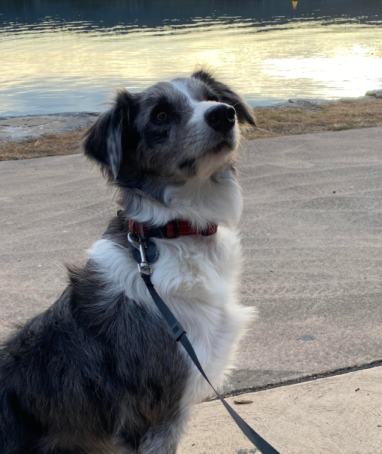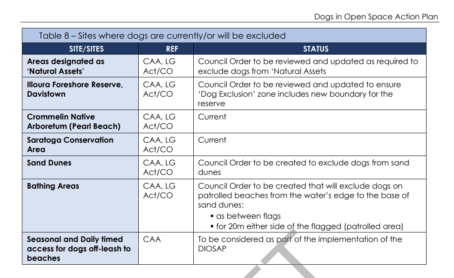



Council’s draft plan talks about the Principles that will guide the planning of the policy in the future.
Council says that dog owners must:
▪ understand that some people do not want to interact with dogs, do not like dogs or are fearful of dogs
It says dog owners must prevent their dogs from:
– making any unsolicited approach to other dogs or people
– approaching wildlife and/or interfering with wildlife habitats
– and remove poorly behaving dogs from the public environment.
▪ understand and comply with relevant council and State Government regulations relating to the control of their dog, leashing of dogs and picking up of dog litter.
People who do not want to interact with dogs:
▪ must not make an unsolicited approach to dogs or allow children in their care to do likewise
▪ must not encourage dogs to approach them or incite dogs to be aggressive
▪ should become familiar with the location of off-leash areas and consider alternative open space options for their outdoor activities.
“People should expect to use public places and know that they, and/or their dogs, will not be approached uninvited by dogs,” the draft policy states.
##Gold star if you read all these stories: have you thought about addressing Council on the issue? You can address the June 28 meeting. Email me if you need more information. cccouncilwatch@gmail.com



We oppose closures on Wamberal beach. Yours sincerely Anthony D Lamont and Carol J Lamont
I walk my dog down on ocean beach and have done for many many years… Most people do the right thing by picking up after them and keeping them under control it’s just some people who couldn’t give a RATS…. I firmly believe that if RANGERS where seen often down the beach this wouldn’t be a problem…. I haven’t seen a ranger down the beach at all for many many years so show urself talk to people get to know who the idiots are… This excuses by council there time is spent by barking dogs 🐕 that’s crap.. This is why we have police to go to homes.. I’ve never.. never seen them at the beach in regards to that issue… I really do find this a simple solution by getting the rangers out of there cars and do some interaction with people on the beach……. People who come down the beach know the rules like anywhere else if there’s no policing people take advantage…. It’s not rocket science… 🤔🧐🤓😡🇦🇺
in years gone by there were many more areas where dogs off leash could run with their owner. Many of these areas were away from areas frequented heavily by the general public and there was less conflict . the present council have many beach off leash areas situated where the general public congregate thus increasing the chance of complaints.
On the sunshine coast many big coastal areas are designated for dog use in the early morning and late afternoon and this seems to work for everyone.